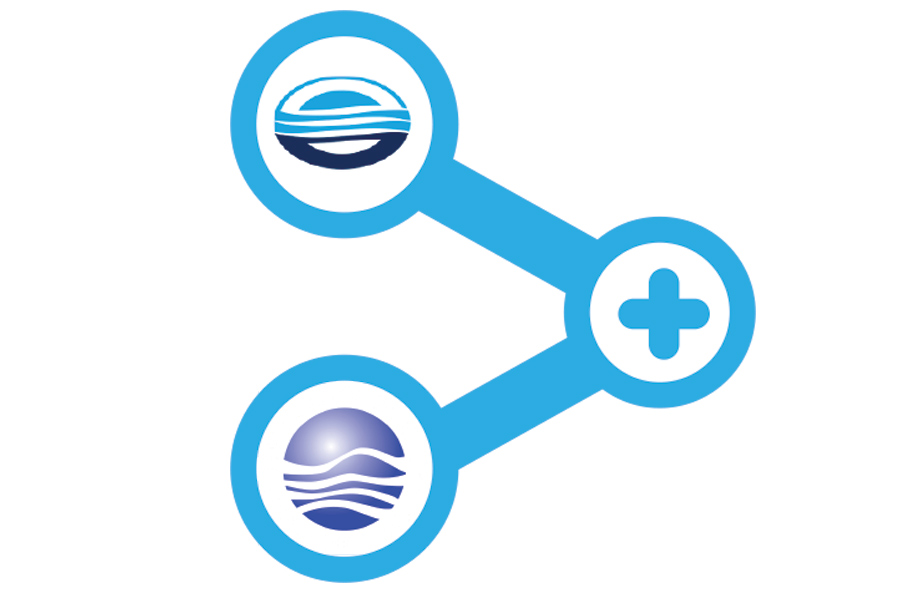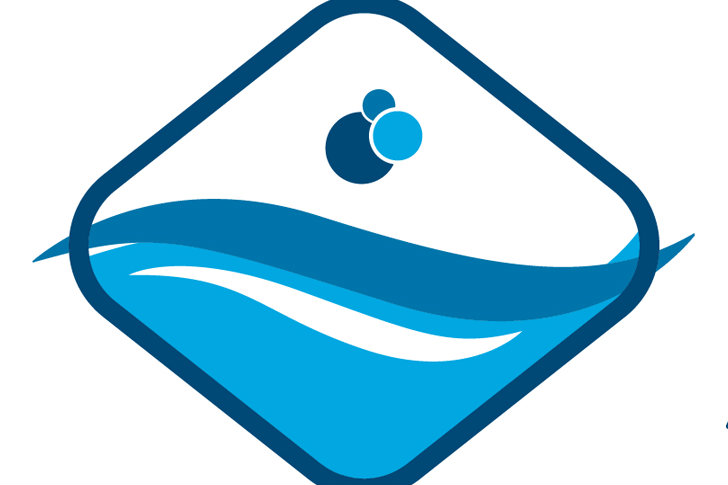Last year had the makings of history, but that prospect did not materialize.
In April 2016, the Association of Pool and Spa Professionals and the National Swimming Pool Foundation announced an intent to merge. The groups preferred the term “unification” over “merger” to indicate the spirit in which the prospect was being explored. NSPF and APSP officials said that not only would joining the two groups streamline resources, but they believed that a single big-tent organization with one voice could better represent the industry and get things done on its behalf.
Nine months later, the groups chose to remain separate, though both said the exploration helped create a relationship more conducive to collaboration.
But the very premise of the unification talks brought to the forefront a question professionals have asked for several years: Are there too many associations?
It also shone a light on the fact that, while NSPF and APSP weren’t ready for that seismic shift, incremental changes have taken place in the organizations over the last several years. Some have addressed the question of association cohesion. But others appear to be charting a course toward increasing competition.
QUESTION OF COVERAGE
On the government-advocacy front, people say, it’s hard to argue against the need for regional representation.
Groups such as the California Pool and Spa Association, Northeast Spa and Pool Association, the Florida Swimming Pool Association and Texas’ lobbying group APEC have successfully guided legislation and codes in those areas by focusing on their respective state capitals. Professionals feel these groups also do a good job providing education, helping members undo tangles with inspectors and other officials, and delivering other services.
Many also like having groups that cater to their specific segments, such as service technicians, plasterers and hot-tub professionals. Members of the National Plasterers Council, for instance, like having their own culture and an organization dedicated to their specific needs.
“I like all the different associations,” said Alan Smith, an NPC member and president of Alan Smith Pools in Orange, Calif. “To have your own culture and personality that best serves your needs is important.”
But some would like to see more cohesion. “We absolutely in the U.S. need one big industry body,” says John O’Brien, CEO of Poolwerx, the Australian franchisor that entered the U.S. market two years ago. “We mostly think we’re a relatively large industry, but compared to others we’re very small. And to have one national organization is the only way to pool your resources, not duplicate them.”
For a time, Australia’s main pool/spa trade group, the Swimming Pool and Spa Association of Australia, broke off into a series of regional offices, O’Brien says, causing the national office to deteriorate. The industry decided to change course. The national association has once again taken the lead and, as of January 1, brought the local offices back into the fold.
As a former chair on the Australian and World Franchise Councils, O’Brien has seen similar patterns — an organization splinters but eventually comes back together. “The way of the world today is bigger, not smaller,” he says.
FRIENDLY PLAYGROUND
APSP Chairman Jack Manilla says he’d like to see affiliations between regional groups and APSP national become closer. But more important, he believes one national organization would best serve the industry.
“I think all the efforts that we made in the last year and a half spoke to what our belief and vision is,” he says.
But NSPF believes there’s plenty of room for multiple groups. Bill Kent, a member of the organization’s board and a former president, says the associations only serve a small fraction of the industry. He uses the Florida market as an example: While about 4,000 pool/spa companies are believed to exist in the state,Kent says, the Florida Swimming Pool Association currently has about 700 members.
“Instead of thinking about this from a parochial and limited standpoint, we need to cooperate and be collaborative,” he says. “If people do choose to join or participate in an education program, they’re going to do it because it’s what suits them and they think it has the greatest value. Let’s think about what we don’t have rather than what little competition there is.”
Perhaps the answer isn’t to merge groups or pare down, some say, but rather to get them working together. APSP has moved in this direction since 2014, when then-new President/CEO Rich Gottwald called a summit of associations to begin establishing bonds and mutual goals.
CPSA followed suit, announcing formal agreements with APSP and others, so the groups could share resources, cobrand and offer joint memberships.
This could be taken a step further, says Alison Osinski, president of Aquatic Consulting Services in Avalon, Calif. Years ago in the aquatics industry, there used to exist the Council for National Cooperation in Aquatics, a group of related associations that would meet yearly to set goals and establish initiatives. Each organization would send a high-level official with the authority to commit resources to plans that were drawn out to improve the industry, its services and to increase safety.
“I don’t think they need to merge … but there are certain things that you don’t need to reinvent the wheel on,” she says.
This also could present a more appropriate way to bring aquatics into the pool-industry fold, she added.
THE ROAD AHEAD
Regardless, it appears the two national organizations are headed to compete in at least a few areas. The evolution to this point can be seen in the last few years.
In 1963, NSPF was established by the National Spa and Pool Institute, APSP’s predecessor. It was part of NSPI, set up to implement projects out of the association’s scope, particularly in the areas of research and education. NSPI later decided to spin off its foundation into a separate, independent entity.
Fast forward four decades: In 2003 NSPF hired CEO Tom Lachocki. Under his watch, the group became more ambitious, investing $4 million in research and philanthropy, leading the way in online courses, creating foreign-language materials, starting a scientific conference, a scientific journal, and some of the industry’s first apps. It also initiated and partially funded the Model Aquatic Health Code, governed by the Centers for Disease Control and Prevention. It began Step Into Swim, a 10-year initiative to create 1 million more swimmers. And, of course, it took Genesis under its umbrella in 2015, at which time NSPF reported a 12th straight year of growth. This marked a clear entry into the residential side of the industry.
APSP has been gaining strength after more than a decade of struggling to recover from a devastating lawsuit and reorganization at about the turn of this century. Additionally, the organization had been struggling to find the right structure, shifting its regional and chapter models until it landed on its current mix of chapters and regional affiliates. After Gottwald’s hiring, APSP streamlined its budget and board structure, and began to take a leadership role in pulling the industry together, through its affiliation agreements, summits and cooperative projects, such as the joint industry standard written in collaboration with the National Plasterers Council.
In the past few years, APSP also has sought to step out of the box, making moves into the commercial realm. For instance, the organization recently formed an industry coalition to combat a ruling that limits the use of foreign visitors as workers — long a tradition for filling lifeguard slots during high season. (See “APSP Forms Coalition to Combat Lifeguard Recruitment Restrictions” on page 16.)
While neither APSP’s chairman nor NSPF’s president called their relationship competitive, there have been other signs of more to come. For one thing, a legal constraint has been removed: a non-compete agreement signed by the organizations in the early 2000s expired a couple years ago.
Manilla says APSP is considering more commercial-related initiatives, but could not go into detail. He also says the group is looking at its own foundation, the World of Recreational Water, which currently focuses solely on water conservation awareness. “We are currently in evaluations considering expanding or broadening the mission of our foundation,” he says.
(Since the original publication of this feature, APSP announced a sizable initiative to propel it into the online education and certification business.)
NSPF is making deeper inroads into the residential market. The organization recently rolled out its Advanced Service Technician Course, targeted specifically at residential service. It has formed a partnership with NESPA to deliver the program in the Northeast. The group also continues to work on further developing its Genesis program, says NSPF President Bruce Dunn.
Additionally, Dunn says that, while there are no serious or ongoing talks on the subject, NSPF’s board has thought in the abstract about whether it would be beneficial to start a membership organization. “At this point, there hasn’t been any hard and fast conversation,” he says.
Some still object to portraying the organizations as competitors. The groups primarily serve different niches, Kent says. He also believes the programs appeal to professionals of different advancement levels. To his thinking, for instance, the Genesis program is more difficult, being geared toward high-end builders. “It’s not different than how you can get a high school degree, a bachelor’s, a master’s [and so on],” he says. “A lot of these programs sort of stack up in that format.”
In those areas where the organizations do overlap, he and Dunn say, the groups can coexist.
“Competition doesn’t have to be nasty,” Dunn says. “You see it daily in all segments of different industries.”



